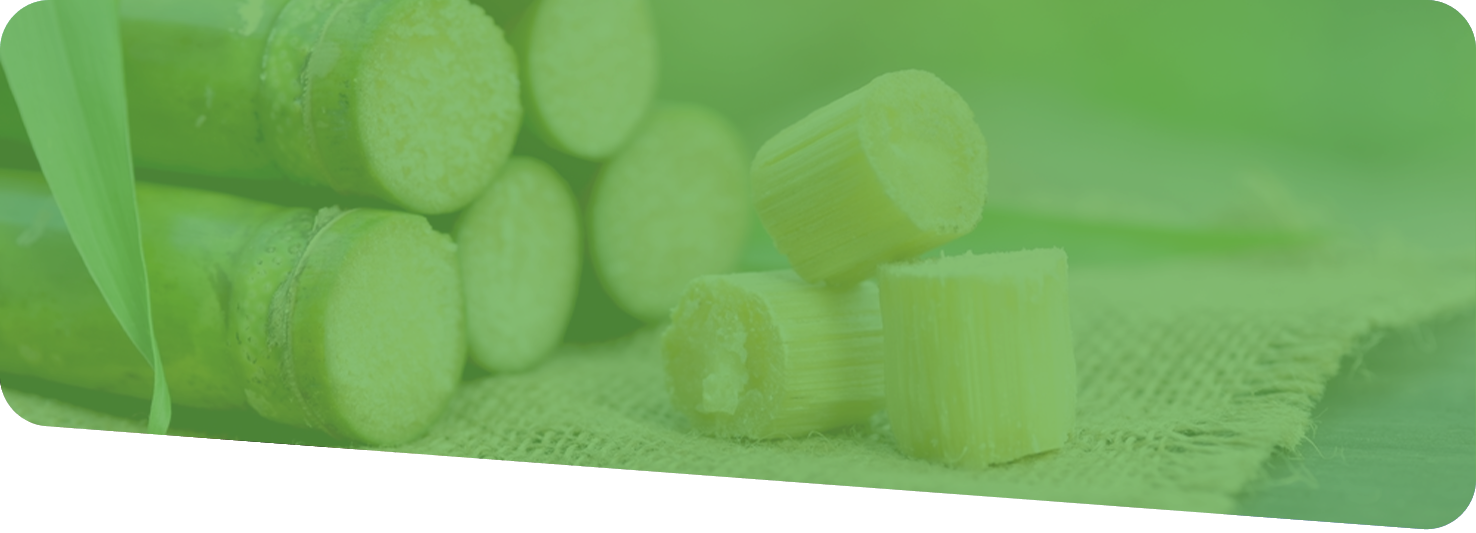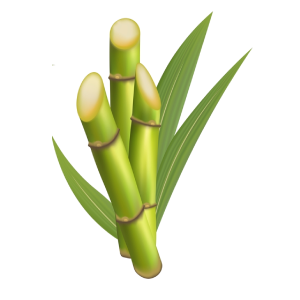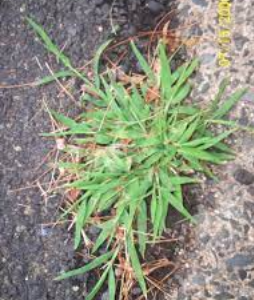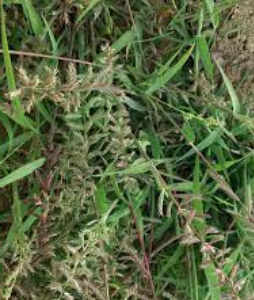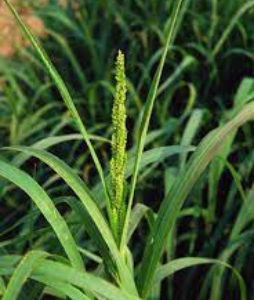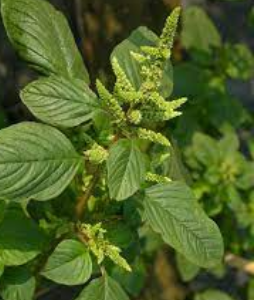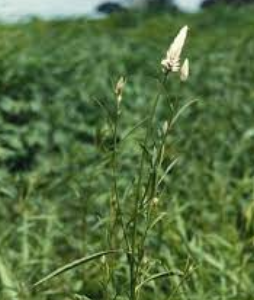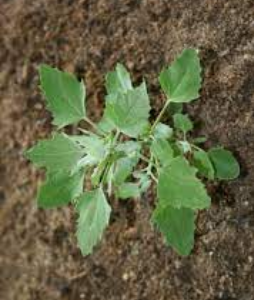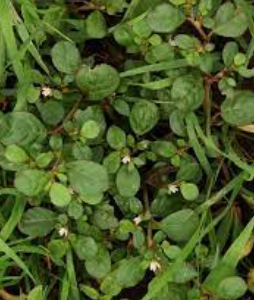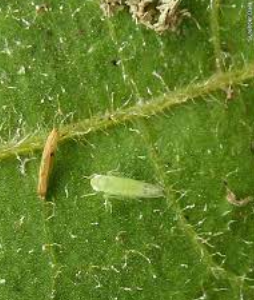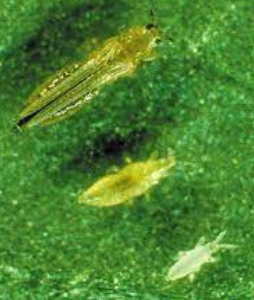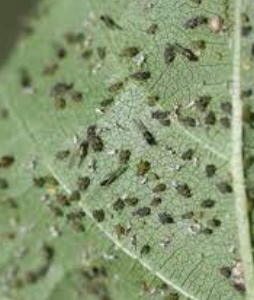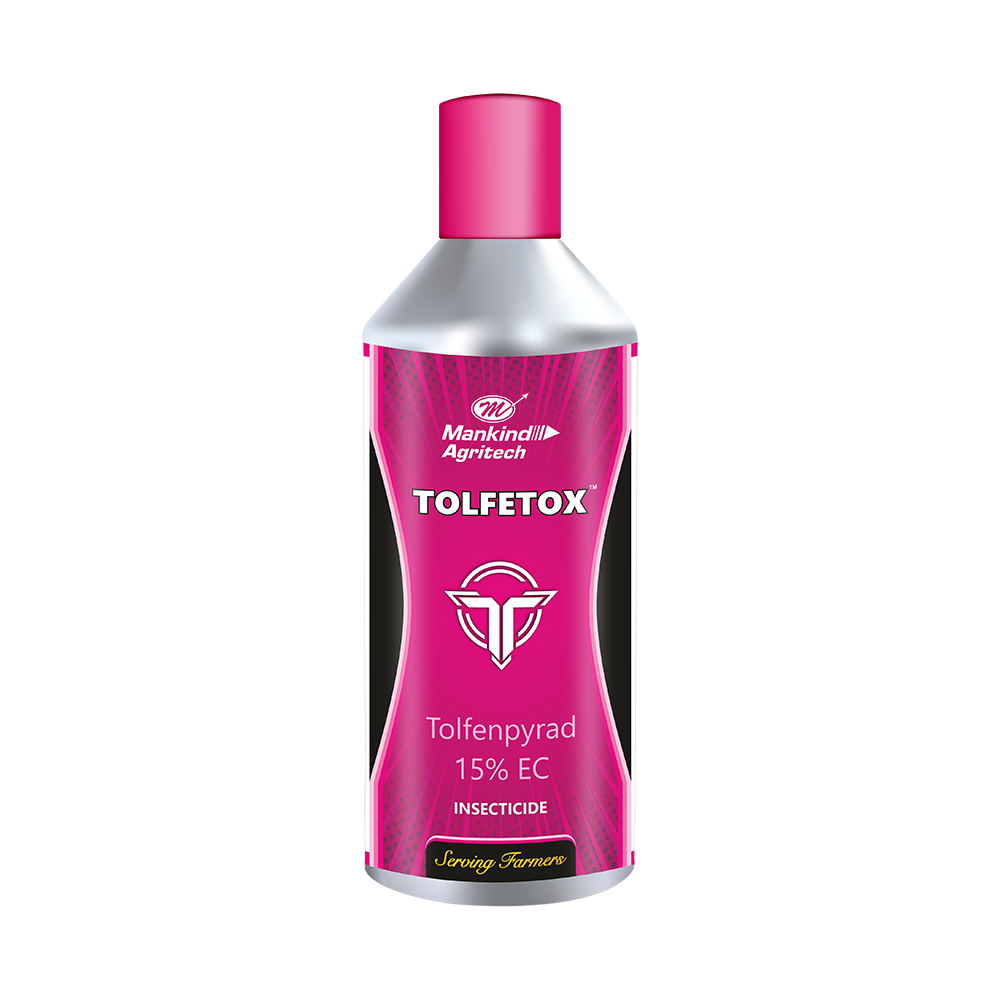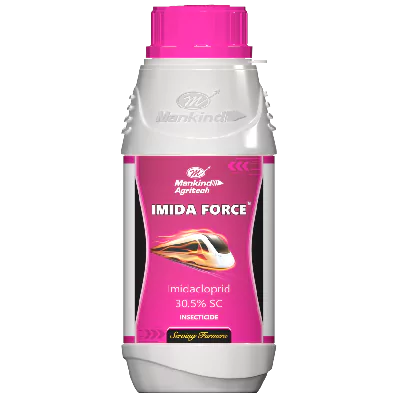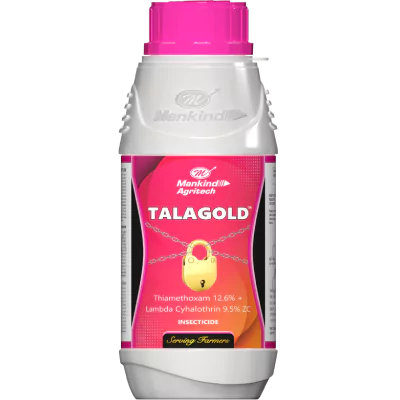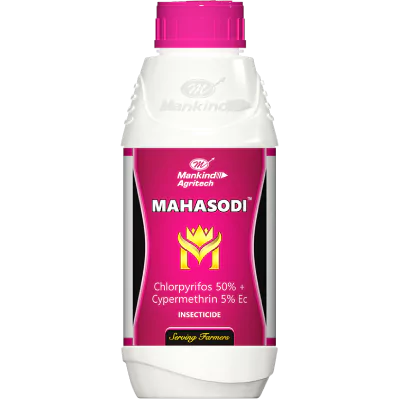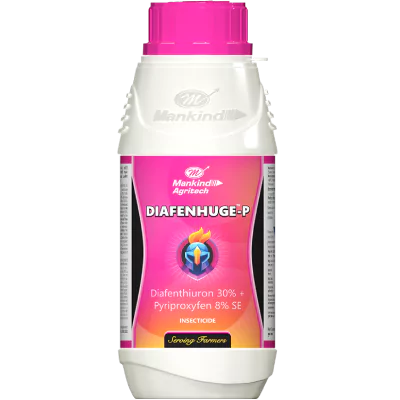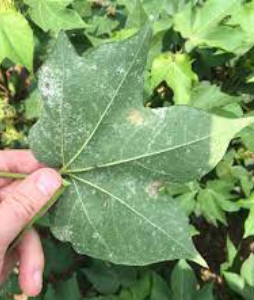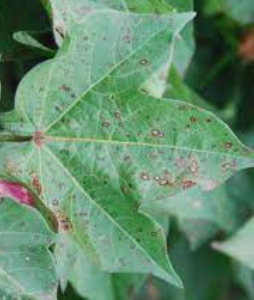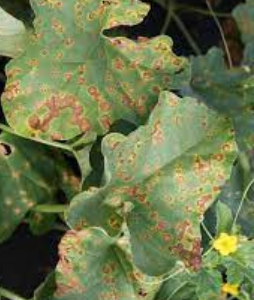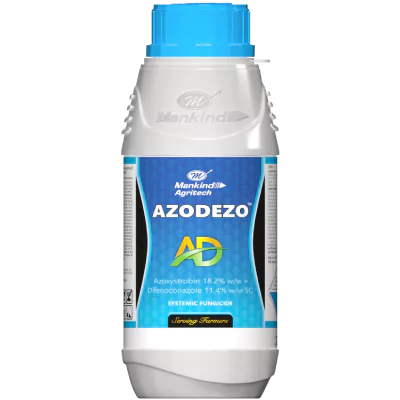Cotton
Cotton is one of the most important fibre and cash crop of India and plays a dominant role in the industrial and agricultural economy of the country. It provides the basic raw material (cotton fibre) to cotton textile industry. Cotton in India provides direct livelihood to 6 million farmers and about 40 -50 million people are employed in cotton trade and its processing. In India, there are 10 major cotton-growing states, which are divided into three zones, viz. north zone, central zone and south zone. North zone consists of Punjab, Haryana, and Rajasthan. Central zone includes Madhya Pradesh, Maharashtra and Gujarat. South zone comprises Andhra Pradesh, Telangana, Karnataka and Tamil Nadu. Besides these ten States, cotton cultivation has gained momentum in the Eastern State of Orissa. Cotton is also cultivated in small areas of non-traditional States such as Uttar Pradesh, West Bengal & Tripura.

